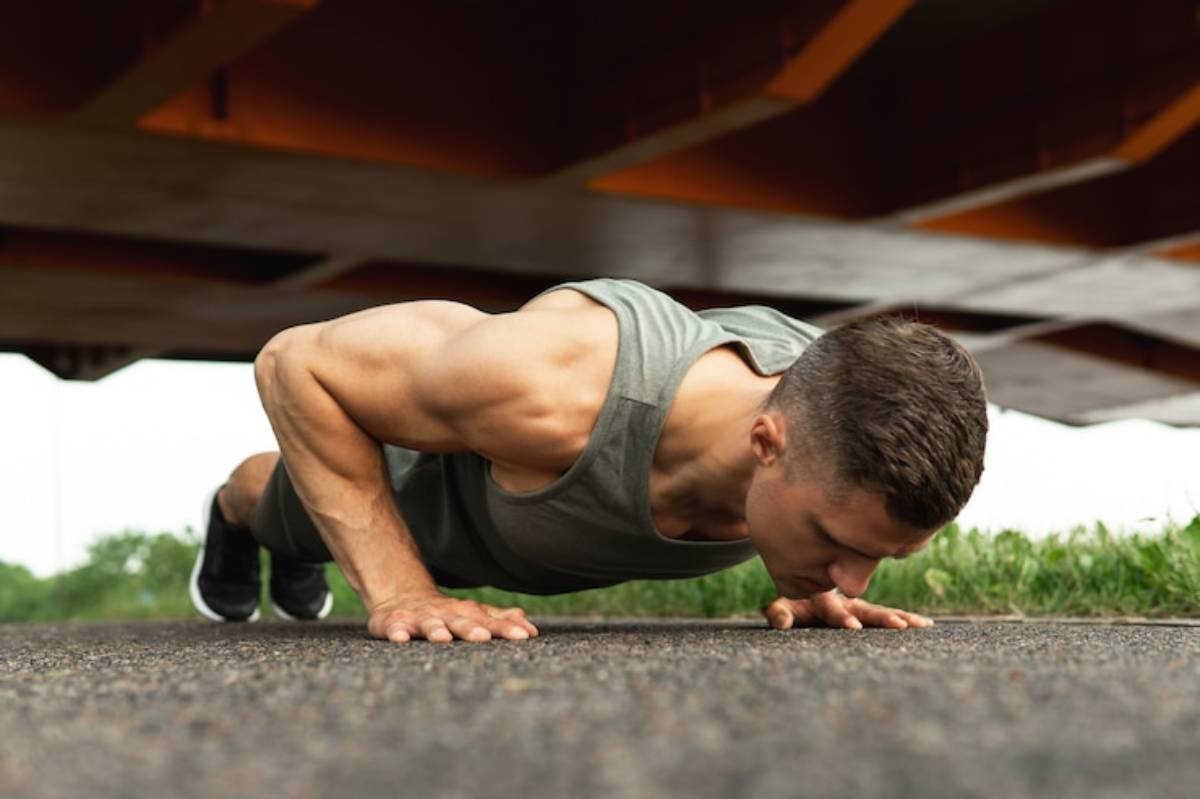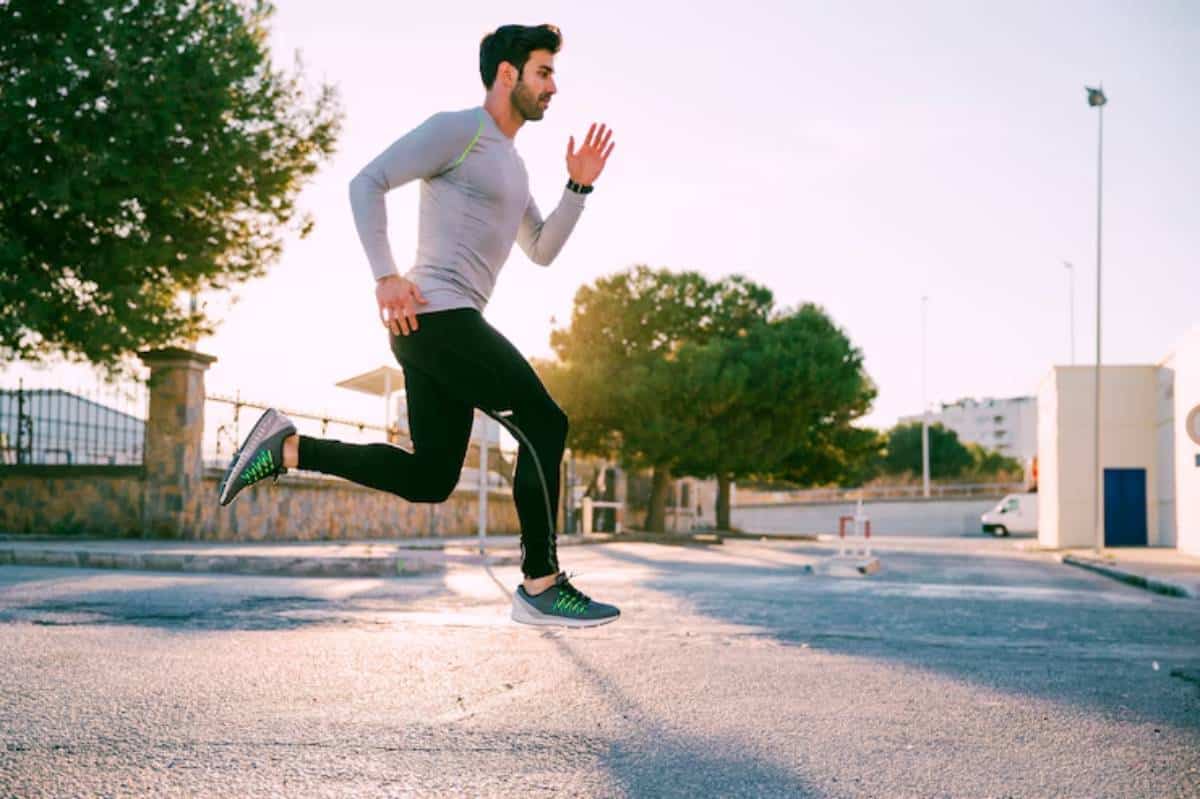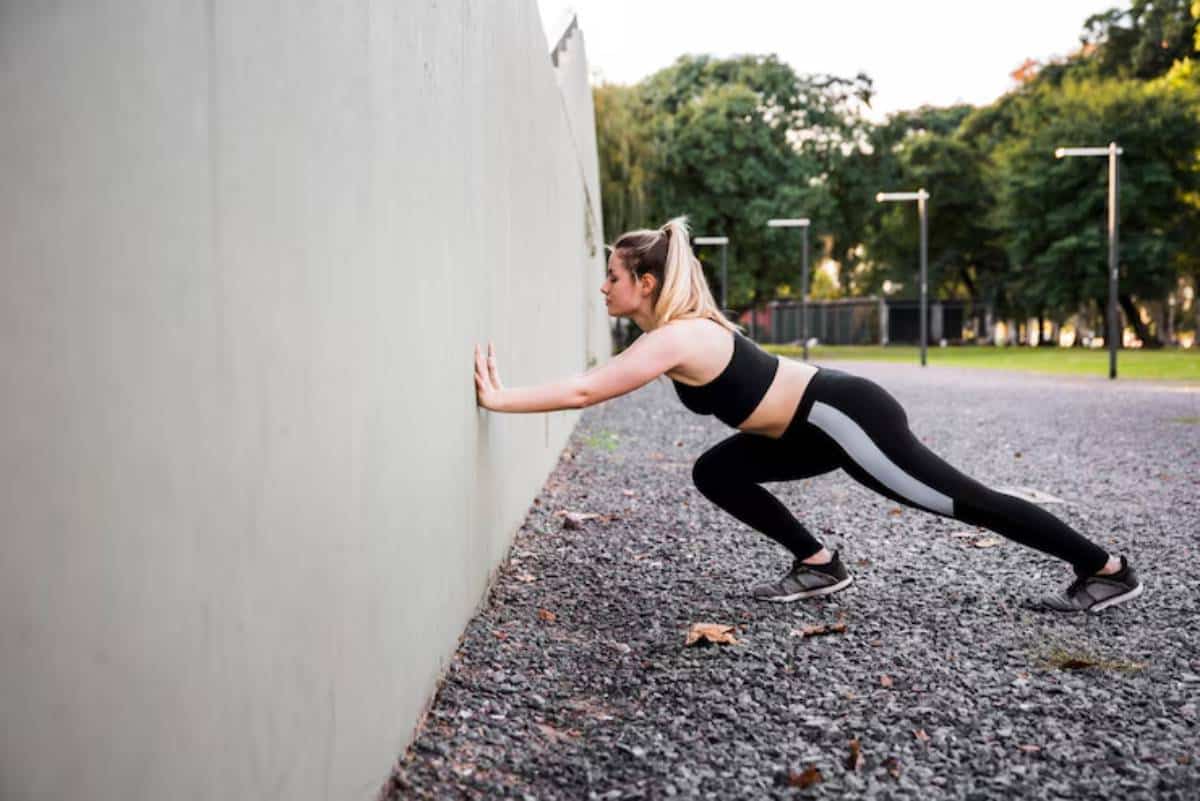
How to Combine Flexibility and Strength in Bodyweight Training: A Complete Guide
When you think of strength, you might picture powerful muscles lifting heavy loads. When you think of flexibility, you might imagine a gymnast or yogi effortlessly folding into poses. But what happens when you blend these two powerful elements? You unlock the potential for greater movement, resilience, and overall performance.
Combining flexibility and strength in bodyweight training isn’t just about doing more exercises. It’s about creating a body that’s not only strong but also supple, capable of moving freely and powerfully through life. Whether you’re an athlete, a weekend warrior, or just someone who wants to feel better in their body, this guide will show you how to create a flexibility and strength workout that fuses mobility and power for lasting results.
Understanding the Core: Why Flexibility and Strength Fusion Matter
We often think of flexibility and strength as opposing forces. Strength implies rigidity and power, while flexibility suggests softness and ease. However, research shows that integrating both improves performance, reduces injury risk, and supports long-term joint health.
A mobility strength fusion approach emphasises moving through a full range of motion with control and stability. This method helps you build not just strong muscles but functional ones—muscles that can move and stretch dynamically, supporting your joints and posture.
Studies reveal that combining flexibility and strength can:
- Improve athletic performance
- Enhance balance and coordination
- Reduce the risk of injuries, particularly strains and sprains
- Support better posture and alignment
Think of a tree: its strength lies in its sturdy trunk, but its branches sway with the wind, preventing breakage. Your body thrives on that same balance.
Pro Tip: Flexibility without strength leaves you unstable; strength without flexibility leaves you stiff. The sweet spot lies in combining both.
Quick Guide: Flexibility and Strength Fusion at a Glance
Here’s a brief checklist to help you blend strength and mobility effectively:
- Warm-up with dynamic stretching exercises
- Focus on the full range of motion in every move
- Alternate between strength moves and mobility drills
- Prioritise control over speed
- Include breathwork to support movement quality
- Finish with static stretches to cool down
Step-by-Step: How to Practise Flexibility and Strength Workouts
1. Begin with Dynamic Stretching Exercises (5-10 minutes)
Dynamic stretches increase your body temperature and prepare your muscles for movement. They differ from static stretches in that they involve movement through the stretch.
Examples:
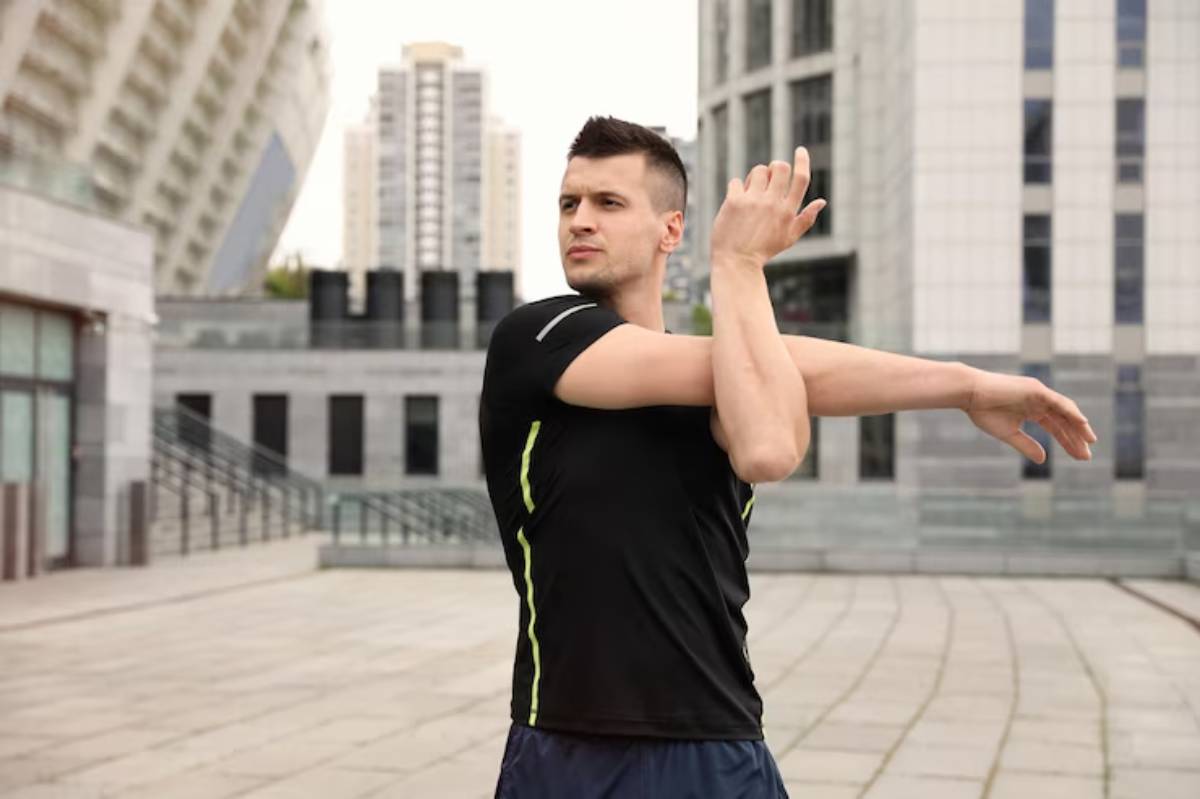
- Arm circles and shoulder rolls
- Leg swings (front to back and side to side)
- Hip circles
- World’s greatest stretch (lunge with rotation)
2. Integrate Strength with Mobility Drills
Perform exercises that require stability through a full range of motion. Focus on slow, controlled movements.
Examples:
- Deep bodyweight squats with a pause at the bottom
- Push-ups with shoulder taps
- Cossack squats (side-to-side deep squats)
- Plank to downward dog transitions
Secret Tip: Hold the end ranges of your exercises for a few seconds—this builds strength where you’re most flexible.
3. Combine Compound Movements with Mobility
Use exercises that challenge multiple muscle groups while encouraging mobility.
Examples:
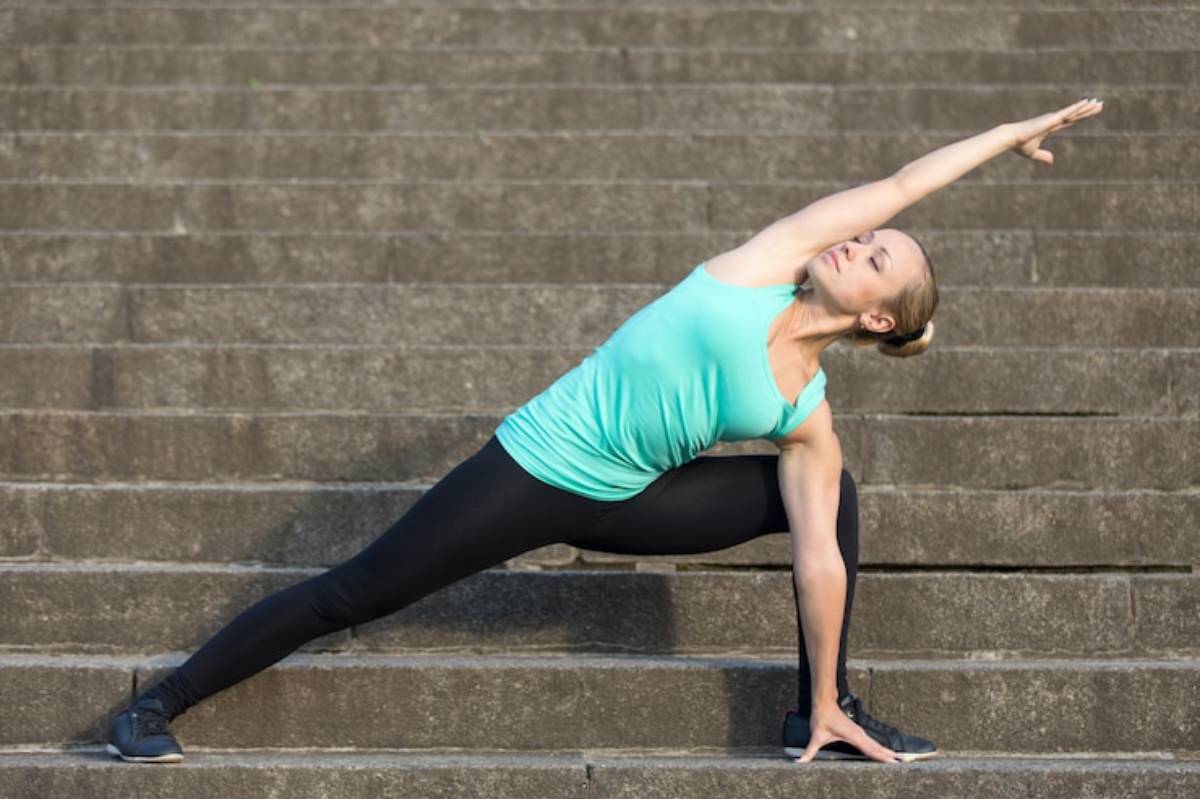
- Lunge with spinal twist
- Wall-facing squats (helps improve ankle and hip flexibility)
- Pike push-ups (target shoulders and hamstrings)
4. Use Active Stretching Between Sets
Instead of resting passively, perform active stretches that engage the opposing muscles.
Examples:
- Standing quad stretch with glute activation
- Hamstring stretch with core engagement
5. Cool Down with Static Stretches (5-10 minutes)
Focus on deep, static stretches to lengthen the muscles worked and aid recovery.
Examples:
- Seated forward fold (hamstrings)
- Child’s pose (back and hips)
- Chest opener stretch (shoulders)
Best Practices & Additional Insights
Prioritise Control Over Speed
Moving slowly through exercises allows you to focus on alignment, breath, and muscle engagement. Rushing through movements can cause compensations and limit the benefits.
Incorporate Breathwork

Your breath is a powerful tool. Inhale to lengthen and expand, exhale to deepen into strength or mobility. Coordinating breath with movement increases oxygen delivery and enhances muscle control.
Important: Breath holds or shallow breathing can reduce your range of motion and compromise stability. Keep breathing fluid and steady throughout.
Progress Gradually
Start with simpler movements and gradually increase complexity. For instance, begin with standard squats before advancing to pistol squats (single-leg squats).
FAQs
Can I do flexibility and strength workouts every day?
Yes, but with variation. Alternate between intense strength sessions and lighter mobility-focused days to allow for recovery.
What’s the difference between mobility and flexibility?
Flexibility refers to your muscles’ ability to stretch. Mobility is the range of motion around a joint, involving muscles, tendons, and the nervous system. Mobility requires strength and control in those ranges.
Are dynamic stretching exercises better than static stretches?
Both have their place. Dynamic stretching exercises are ideal for warming up, while static stretches are best for cooling down and improving long-term flexibility.
How long should a flexibility and strength workout last?
Aim for 30 to 60 minutes, depending on your fitness level and goals. Include time for warm-up, main exercises, and cool down for a balanced session.
Do I need equipment for mobility strength fusion workouts?
No equipment is necessary—bodyweight exercises are highly effective. However, tools like resistance bands or yoga blocks can enhance certain movements.
Will focusing on flexibility reduce my strength gains?
Not at all! Improving flexibility through controlled mobility work can enhance strength output by allowing muscles to work efficiently through their full range.
Can flexibility and strength training help with back pain?
Yes, combining both can improve posture, strengthen core muscles, and relieve tension in tight areas that contribute to back discomfort.
Is it better to stretch before or after a workout?
Use dynamic stretches before to warm up, and static stretches after to cool down and improve flexibility over time.
Conclusion: Build a Stronger, More Flexible You
Blending flexibility and strength workouts transforms your body into a resilient, adaptable machine. By integrating mobility strength fusion techniques and dynamic stretching exercises into your routine, you’ll move better, feel stronger, and reduce injury risks.
Remember, this is a journey, not a destination. Start small, be consistent, and enjoy the process of becoming more capable in your body.
Ready to transform your training? Try adding just one mobility drill to your next workout and feel the difference. Share your experience or questions below—I’d love to hear from you!
